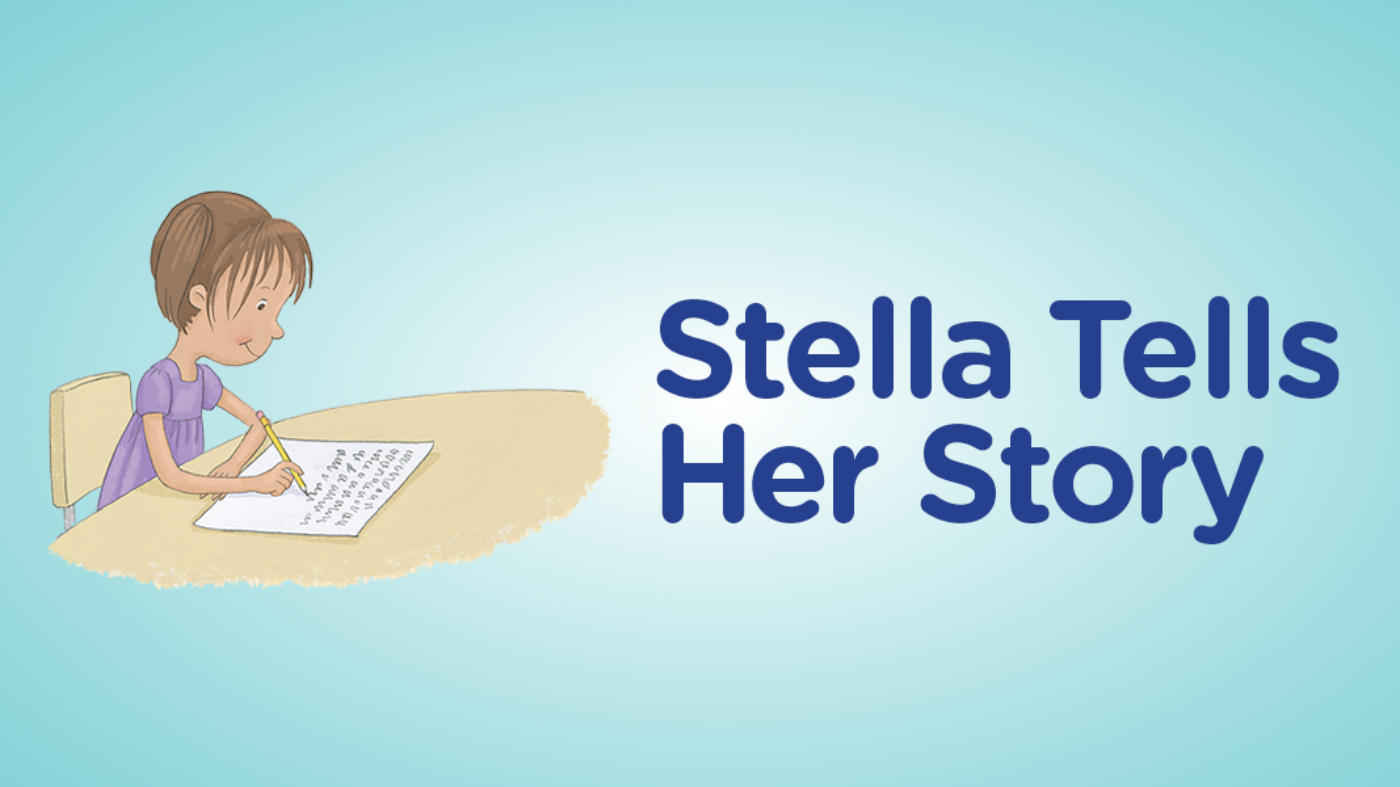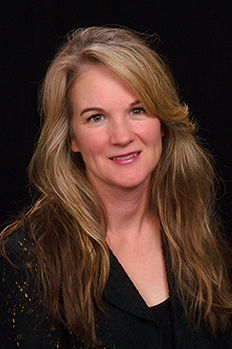Stella’s teacher, Ms. Merkley, uses modeling and oral language as powerful strategies to teach her students how to write narratives. She and her students model how talking about a story can lead to writing one, and the importance of taking time to write ideas down so they’re not forgotten. You can use the same strategies to demonstrate the kind of thinking and sharing that goes on within a community of writers.
Capitalize on Oral Language
Take full advantage of any student who comes to school with a story to tell, and introduce them to the Running Topics List trick.
Harness the magic of oral language, encouraging your storyteller to say more, and then allowing other students to share their stories too.
Have your students turn to their neighbors and share their story ideas, noting how if an idea hadn’t come to mind yet, they can just listen in and maybe that will spark something.
Use the ubiquitous FIRST, THEN, NEXT, LAST transition words to heighten recall and help organize thoughts about stories.
Encourage students to focus on details in order, so their narratives have a beginning, middle, and end.
What About Those Who Aren’t Ready to Write?
After finishing a mini-lesson in a writing workshop, I often ask, “Who’s ready to write?” If I find there are students who aren’t, I have them stay with me on the rug and we talk. If we’re beginning something new, I’ll recap some of the stories I’ve already heard and ask students if these reminded them of anything. Shy students who may not want to share with the group or with a partner will whisper something to me. I show interest, ask questions, remind them of a strategy that might help and review their topics list, and they’re off!
Often, just the small-group setting helps, and a little bit of teacher affirmation can really make a difference.
If all else fails, I tell students to walk around to see what other writers are doing to get themselves going. I might refer them to student-authored books or mentor texts that go with the topic/genre under study, or have them study anchor/strategy/model text charts to seek inspiration.
Students can improve their initial story drafts in a number of ways. Here are a few tricks Stella uses in her narrative that you might encourage your students to try:
Improving Narrative Writing
Add some descriptive details to your narrative. Can you describe one of the people, places, or things? Can you describe how something felt or tasted or smelled? Don’t be afraid to play with all kinds of different words!
Add dialogue. Find some places where you might insert some talking. See how the writing changes? Do you think it has improved?
Emphasize words to add voice and meaning. You can underline words, use all capital letters, and draw out words (like craaaazy). The hardest part is deciding which important words to emphasize. See if you like the sound of your writing after the change.
Try some onomatopoeia. Swish! Slam! These words add fun and variety to your writing. They also help the reader feel, hear, and visualize scenes more clearly.
Keep in mind, the list above is not exhaustive. Add your own strategies, then celebrate when you see students using them in their writing.
The Gift of Writing
I love how Stella Tells Her Story ends with Stella sharing her writing with her grandmother. There is nothing sweeter than a writer sharing his or her work with a loved one, especially when that person is addressed in the writing. The writing doesn’t have to be formally published to be shared or wrapped in a bow (though I do love that little extra touch for Mother’s Day letters and poems). And, you don’t have to copy the writing before sending it out to share, like Stella’s teacher does.
In the end, sharing with outside audiences inspires more writing. The more children write, the more they learn.

